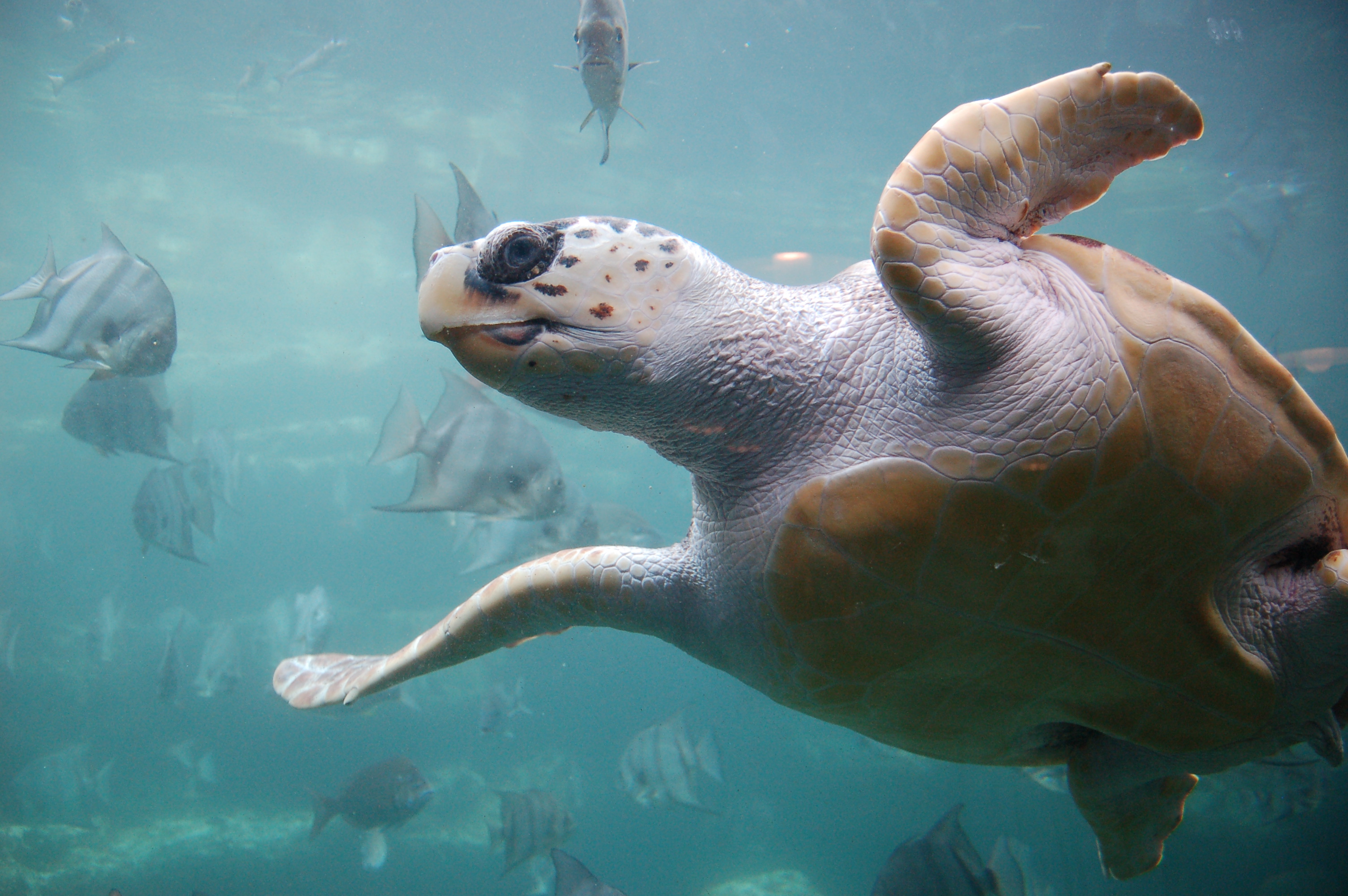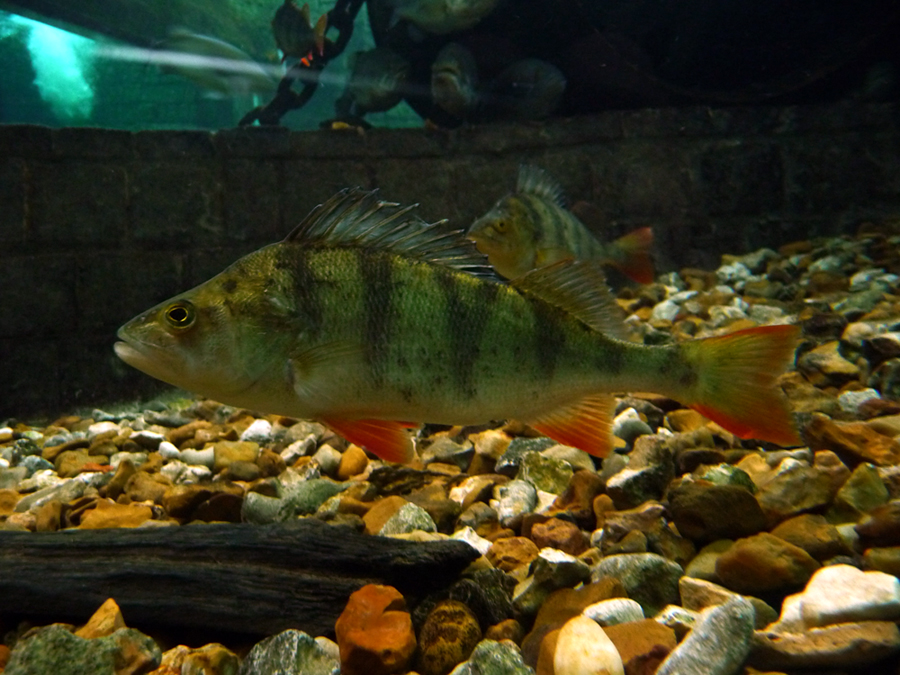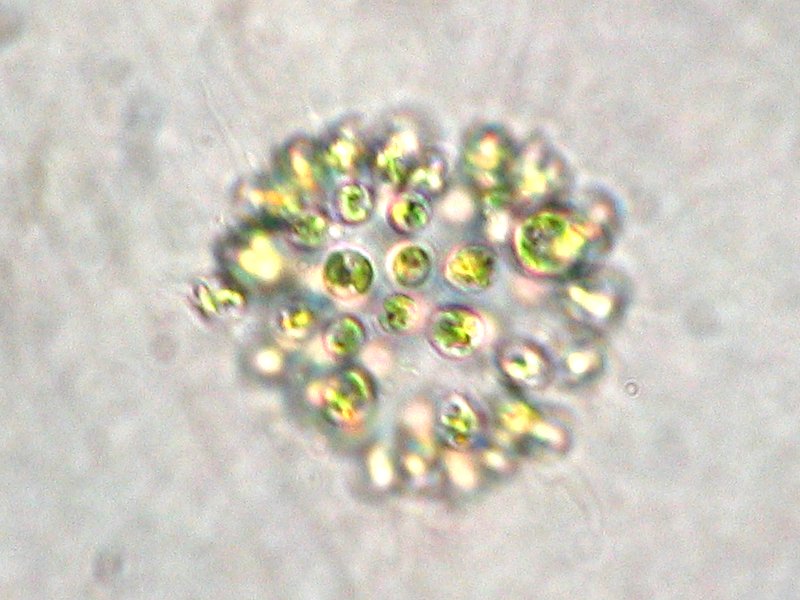Light pollution affects a wide variety of living organisms including mammals, birds, reptiles, fishes, insects and even microorganisms, causing adverse effects on environmental and ecosystem.
In the worst scenario, it would even influence the entire ecological balance. There is already study show that light pollution affects the reproduction behaviors of various kinds of creatures which will impact on population and eventually threaten Biodiversity.
Gray mouse lemur (Microcebus murinus)
Microcebus murinus Picture source: Wikimedia Commons
Nocturnal creatures’ behaviors are seriously affected by light pollution. Researches show that light pollution modifies the expression of biological rhythms and behaviors of female grey mouse lemur. The oestrus occurrences and peaks of urinary estradiol are found to be significantly advanced (by 10 days) when comparing to control groups, which may eventually affect the reproductive fitness of the species. (Le Tallec et al., 2013)
Light Pollution Modifies the Expression of Daily Rhythms and Behavior Patterns in a Nocturnal Primate
Short-tailed fruit bats (genus Carollia bat) & pepper plants (genus Piper)

Carollia brevicauda Picture source: Wikimedia Commons
Nocturnal animals prefer dark environment and tend to avoid illuminated areas. Overwhelming light pollution in rural area limits their activity and hence affects forest regeneration. It is found that Piper infructescence are less likely to be harvested when plants are illuminated by street lamps than under natural darkness, as the result of frugivorous bats, the seed-dispersers, being deterred by the artificial light at night. (Lewanzik & Voigt, 2014)
Artificial light puts ecosystem services of frugivorous bats at risk
European blackbirds Picture source: Wikimedia Commons
Songs of songbirds are important signal of sexual intentions for attracting mates as part of their reproductive behaviors. Scientists from Max Planck Institute for Ornithology studied the behavioral change of songbirds under different combinations of light and noise pollution. Result show that artificial night lighting is the major factor that leads to an earlier start of dawn singing, significantly affects their reproductive behavior. It also found that European blackbirds start their activity earlier and have faster but less robust circadian clocks than forest conspecifics even under low level light pollution (0.3 lux). (Dominoni et al., 2013)
Urban-like night illumination reduces melatonin release in European blackbirds (Turdus merula): implications of city life for biological time-keeping of songbirds

Loggerhead sea turtle Picture source: Wikimedia Commons
Sea turtle hatchlings rely on star and moon light reflection to distinguish land and sea; however, artificial lightings at shore area disorient the hatchling. It makes them difficult to find their way to sea and increases their chance of being predators’ food. By using long wavelength (red) outdoor illumination, it can significantly reduce the chance of confusing the hatching. (Marco et al., 2012)
Abundance and exploitation of loggerhead turtles nesting in Boa Vista island, Cape Verde: the only substantial rookery in the eastern Atlantic
European perch Picture source: Wikimedia Commons
Not only terrestrial but also aquatic organisms are sensitive to light pollution. Research led by The Leibniz Institute of Freshwater Ecology and Inland Fisheries studied how the circadian rhythm of European perch, a commonly found freshwater predator in Europe and Asia, is affect by light pollution. It is found that even under low light condition (1 lux) at night, the fish ability of producing Melatonin, a kind of circadian hormone that regulates circadian rhythm, is significantly reduced and hence strongly impair the circadian rhythmicity of the fish. (Brüninga et al., 2015)
Spotlight on fish: Light pollution affects circadian rhythms of European perch but does not cause stress
a moth Picture source: Wikimedia Commons
Moths, known to be strongly attracted to light sources, are one of the insects that suffer most from artificial light at night. Studies show that moth reproduction can be severely affected by artificial light, e.g., city female moths are found producing less pheromone than rural one. Scientists also find that those pheromone produced have significantly altered compositions that work much less efficient in attracting male moths. (van Geffen et al., 2015)
Artificial light at night inhibits mating in a Geometrid mothMicrocystis aeruginosa

Microcystis aeruginosa Picture source: Wikimedia Commons
Light pollution directly alters photosynthetic behavior of microorganisms. Studies show that expression of chlorophyll-binding proteins increases with level of light pollution. (Poulin et al., 2014)
The impact of light pollution on diel changes in the photophysiology of Microcystis aeruginosa